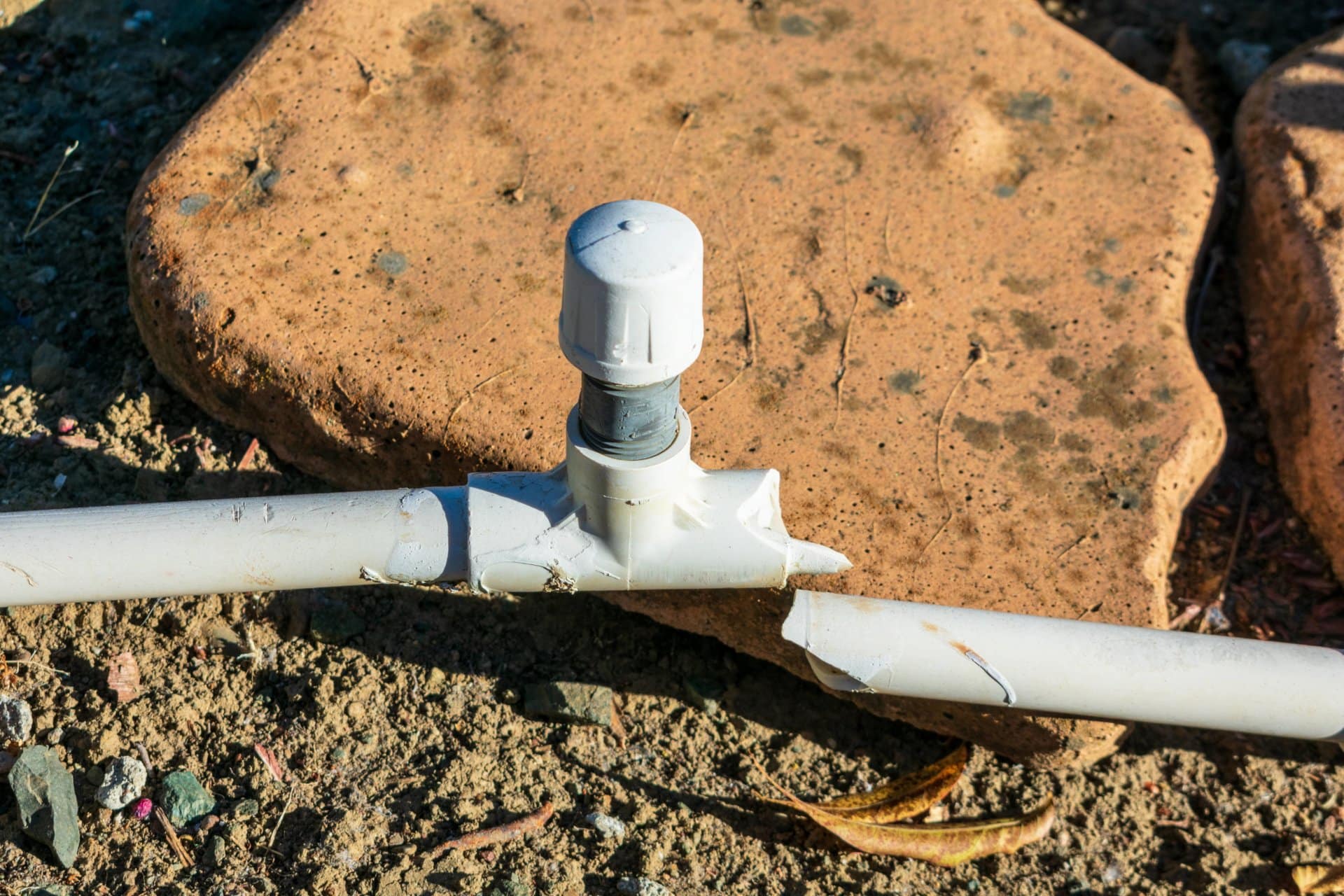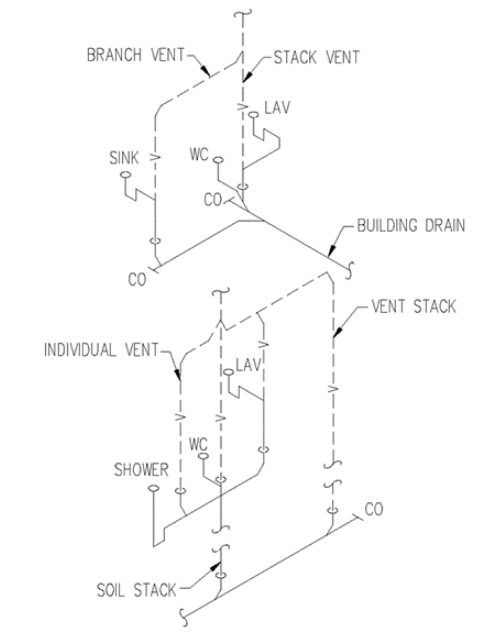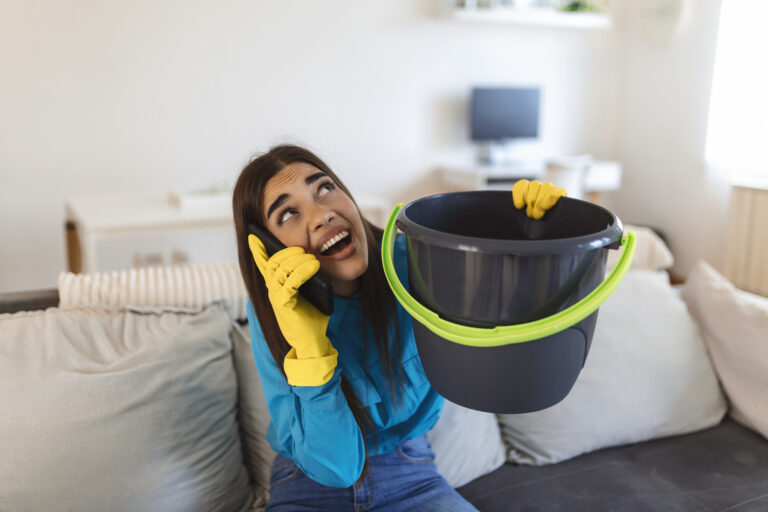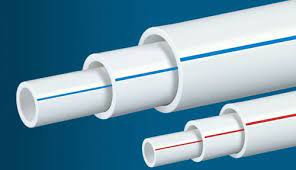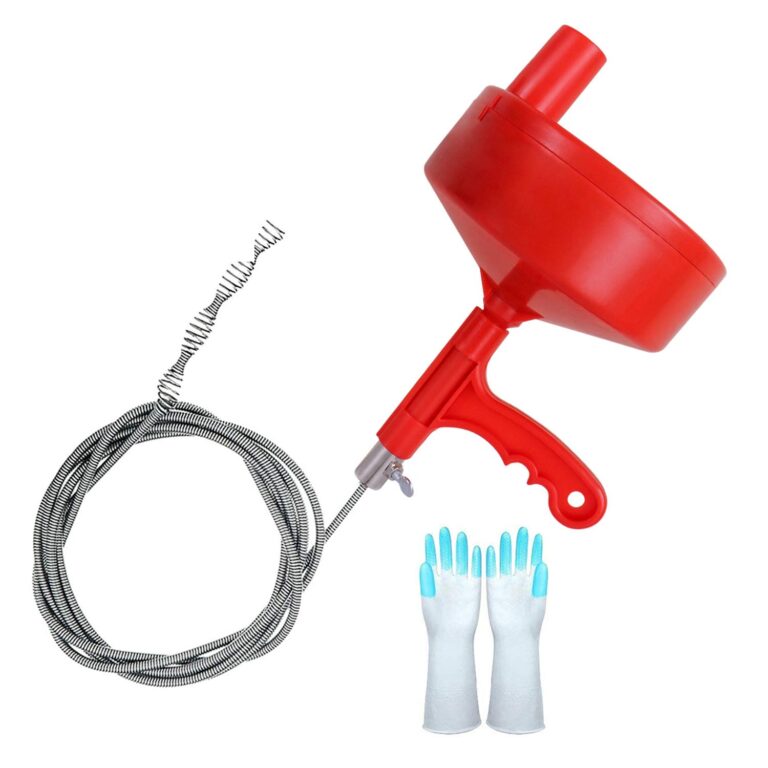How Do You Repair PVC Plumbing?
PVC plumbing is a popular choice for a variety of residential and commercial plumbing applications due to its durability and cost-effectiveness. However, it is not immune to damage and may need to be repaired or replaced at some point. Knowing how to repair PVC plumbing is an important skill for any homeowner or plumber to have. This article will provide an overview of the steps involved in repairing PVC plumbing, including identifying the problem, choosing the right materials and tools, and carrying out the actual repair.
Identifying the Problem
When it comes to repairing PVC plumbing, the first step is to identify the problem. In some cases, it may be a simple clog or leak, while in others it may be a more complex issue, such as a broken pipe or a deteriorating joint. Before attempting any repairs, it is important to make sure you have the right tools and materials for the job.
To determine the cause of the problem, it is important to inspect the area closely. This may require taking apart the plumbing system to gain access to the problem area. It is also important to make sure the area is clean and free of debris before attempting any repairs. Once you have identified the source of the problem, you can then decide what type of repair is needed.
If the problem is a clog, it can often be cleared with a plunger or a drain snake. For leaks, the best solution is often to replace the affected pipe or joint. This requires specialized tools such as a hacksaw or a pipe cutter. If the leak is in a joint, it may also be possible to repair the joint with a specialized repair kit.
Once the repair has been completed, it is important to test the system to make sure the repair was successful. This may involve refilling the system with water and checking for leaks or other signs of damage. It is also important to ensure that the system is properly sealed and that all connections are secure.
In summary, repairing PVC plumbing requires careful inspection and the right tools and materials for the job. Once the problem has been identified, the appropriate repair can be made and tested to ensure a successful outcome.
Gather and Prepare Necessary Supplies
PVC pipes are a common material used in plumbing and require special care when being repaired. Before beginning your repair job, it’s essential to gather all the necessary supplies. PVC plumbing repair requires some specific tools that can be found at most home improvement stores. These include a hacksaw, PVC repair glue, and a hacksaw blade for cutting the pipe. You will also need a cloth, sandpaper, and a measuring tape to measure the length of the pipe that needs to be cut. Additionally, you may need to purchase a new PVC pipe if the existing pipe is too damaged to be repaired. Once your supplies are gathered, it’s time to begin the repair process.
Shut off the Water Supply
Repairing PVC plumbing is an important task for any homeowner. It is important to understand the basics of how to repair PVC plumbing before beginning a project. The first step in any repair is to shut off the water supply. This is an essential part of the repair process, as it prevents any water from entering the pipes and causing damage. Shutting off the water supply can be done manually by closing the main water valve or using a pressure relief valve. Once the water has been shut off, the next step is to access the broken pipe. This can be done by removing the old pipe and replacing it with a new one. Additionally, a patch may be used to fill any gaps in the pipe. Finally, it is important to ensure that all connections are secured tightly and that no leaks are present. With the proper tools and knowledge, any homeowner can make the necessary repairs to their PVC plumbing.

Remove Old PVC Fittings and Pipe
Repairing PVC plumbing requires the removal of old fittings and pipes. Depending on the size and location of the repair, this might be a challenging task. If the existing pipe is glued, you will need to cut it off with a saw. If the pipe is screwed together, you will need to unscrew the joints with a wrench. Before you begin, make sure you have the right tools for the job. You may need to use a hacksaw, reciprocating saw, or pipe cutter to cut the pipe. Once the old pipe and fittings are removed, you can install the new PVC section. Make sure you clean any debris or dirt from the pipe before installing it. You may need to use a wire brush or sandpaper to get a smooth surface. Once the new pipe is installed, you can use a PVC primer and glue to secure the fittings. Finally, test the pipe for leaks to ensure it is working properly. Repairing PVC plumbing can be tricky, but with the right tools and techniques, it can be a relatively easy job.
Clean and Measure Pipe Sections
Repairing PVC plumbing does require a few steps, but with the right tools and materials, it can be a relatively simple process. The first step is to clean and measure the pipe sections. This includes removing any excess dirt or debris from the pipe, as well as measuring the length of the pipe and the diameter of the pipe. Once you have the measurements, you can cut the sections of pipe to the desired size. If the pipe section is cracked or broken, it should be cut away and replaced. It’s important to make sure that the cut pipe sections are the same size as the original pieces. Once the pipe is cut, it’s time to connect the pieces. Specialized clamps, adhesives, and fittings can be used to form a watertight seal. If you are unsure of the process, it’s always best to consult with a professional plumber. With a few simple steps, you can repair PVC plumbing with ease.
Install New PVC Fittings and Pipe
PVC, or polyvinyl chloride, is a popular material for plumbing pipes and fittings due to its durability and affordability. But even the most reliable plumbing system can suffer from wear and tear, and repairs are often necessary. If you need to repair your PVC plumbing, the first step is to install new PVC fittings and pipes. This can be a challenging task for even experienced DIYers, but by following the right steps, you can complete the job.
To begin, you’ll need to measure the existing pipe to determine what size fittings and pipe you need to buy. You’ll also need to buy a pipe-cutting tool and PVC glue. Once you have the necessary materials, you can start cutting the existing pipe and fitting the new pieces in place. To ensure a secure connection, you’ll need to be sure to apply a generous amount of PVC glue to the outside of the pipe and the fitting. You also need to be sure to insert the pipe completely into the fitting and hold it in place for a few seconds to allow the glue to dry.
By following these steps, you can easily repair your PVC plumbing and make sure your plumbing system is back up and running. Just be sure to take your time and be diligent with the measurements and the gluing process to ensure a secure connection and a successful repair.
FAQs About the How Do You Repair PVC Plumbing?
1. What tools are needed to repair PVC plumbing?
A: The tools needed to repair PVC plumbing include a hacksaw, PVC primer, PVC cement, a ruler, and a ratchet and socket set.
2. How long does it take to repair PVC plumbing?
A: Generally, the time it takes to repair PVC plumbing depends on the complexity of the repair. Simple repairs may only take a few minutes, while more complex repairs may take several hours.
3. Can I repair PVC plumbing myself?
A: Yes, it is possible to repair PVC plumbing yourself provided you have the right tools and follow the instructions carefully. However, if you are not confident in your ability to complete the repair, it is best to seek the help of a professional plumber.
Conclusion
Repairing PVC plumbing is a relatively simple task that can be done with a few basic tools. With the right supplies and a bit of knowledge, most homeowners can successfully and safely repair PVC plumbing themselves. It’s important to always adhere to safety precautions and local building codes when making any plumbing repairs and, if in doubt, it’s best to contact a professional.

